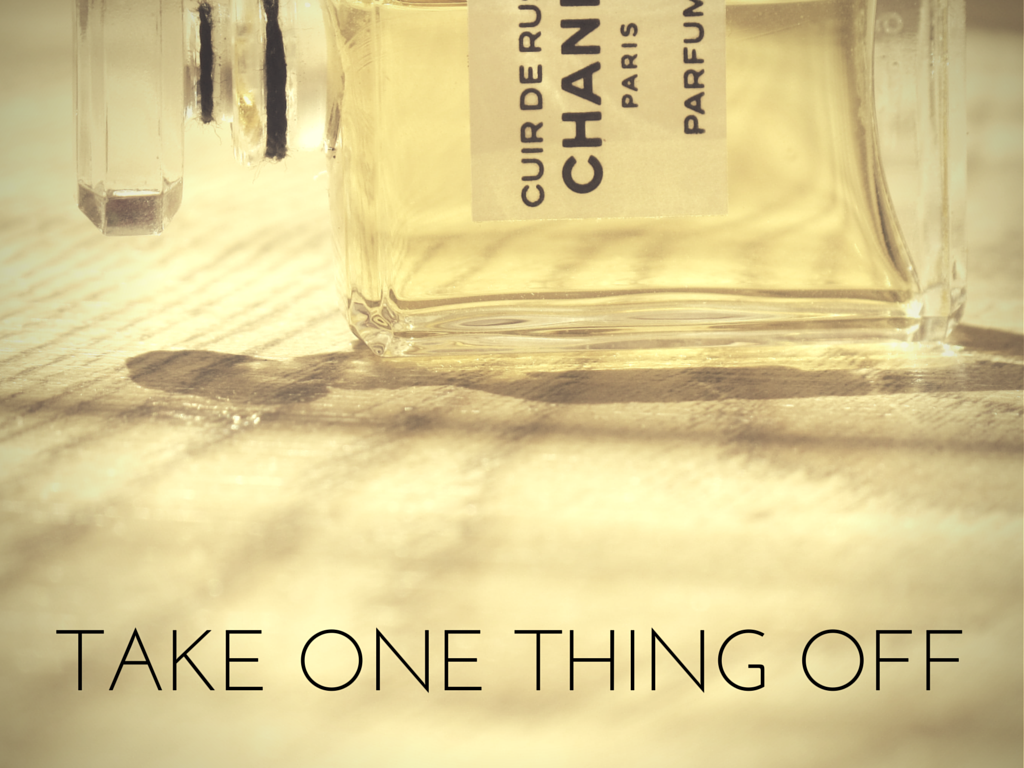Anybody here remember Opal Fruits? The tagline was: “Made to make your mouth water” – and sure enough whenever an ad for those tangy, sherbet-y little suckers came on TV, my mouth would begin pumping out saliva. Like Pavlov’s dog.
Well, I just have to glance at my dark green bottle of Amouage Epic Woman for my mouth to start to water. Like pickles, umeboshi, and sourpatch gummies, there is an almost physical pleasure to be had in a wincingly tart flavor. It is a credit to Amouage that Epic Woman contains so many piquant green notes and still manages to be so inviting. It smells like something pickled in brine! And yet sweet!
Every part of Epic Woman is as satisfying to me as a good meal – the lip-smacking savor of kimchi leading into a meaty, smoked rose and finally a few spoonfuls of thin crème anglaise, just enough to sweeten the tongue.
Many people say that Epic Woman belongs to the same oriental woody perfume family as Chanel’s Bois des Iles, Molinard Habanita, and even Jean Desprez Bal a Versailles. But I always get the feeling that putting those perfumes in the same sentence as something like Epic Woman is like saying tomatoes = strawberries because they are both fruits. Needless to say, Epic Woman is neither a tomato nor a strawberry. Clearly, it’s a salted plum.
I’m always trying to figure out where Epic Woman fits in the general scheme of things. No doubt about it, it is an oriental perfume. However, it lacks the plush sweetness and creamy roundness of most other orientals. After much thought, I’ve come to realize that the head space it occupies (for me, at least) is the same as for Tom Ford’s Plum Japonais and YSL’s vintage Nu EDP – smoky incense perfumes with a phenomenally sour streak of flavor running through them that prickle the saliva glands. In case you haven’t picked up on my feeling about this sourness – it’s good! I love it actually. It’s the tart streak in these perfumes that stops them from melting into the characterless vanilla-amber-sandalwood sludge that sometimes plagues the category.
Epic Woman balances the hot and the sour and the sweet as masterfully as a delicate Chinese dish – the heat from the black pepper and cinnamon, the green pickling spices (caraway), and the soft-but-oh-so-vinegary oud are the major players here. But there is also a diffuse sweetness, coming off the pink rose that blooms behind the sour opening notes and what feels like a mixture of powdered cinnamon and vanilla. I can’t say that I smell black tea, but maybe I’m just not picking out the tea tannins when placed up against a smoky guaic wood, incense, and other woody notes.
The vanilla in the base is extremely subtle – a thimbleful of creme anglaise rather than an ice-cream sundae – and spiked with just enough sugar added to round out the sourness of the oud wood. The sourness and the delicate spices surrounding the rose persist all through the perfume, though, and keep me smacking my lips.
In short, this is a perfume to be savored like a good Chinese sweet and sour dish, or the snap of a cold dill pickle straight from the jar when you’re starving. It is a wholly appetizing perfume – almost gourmand in the pleasure it affords me.










